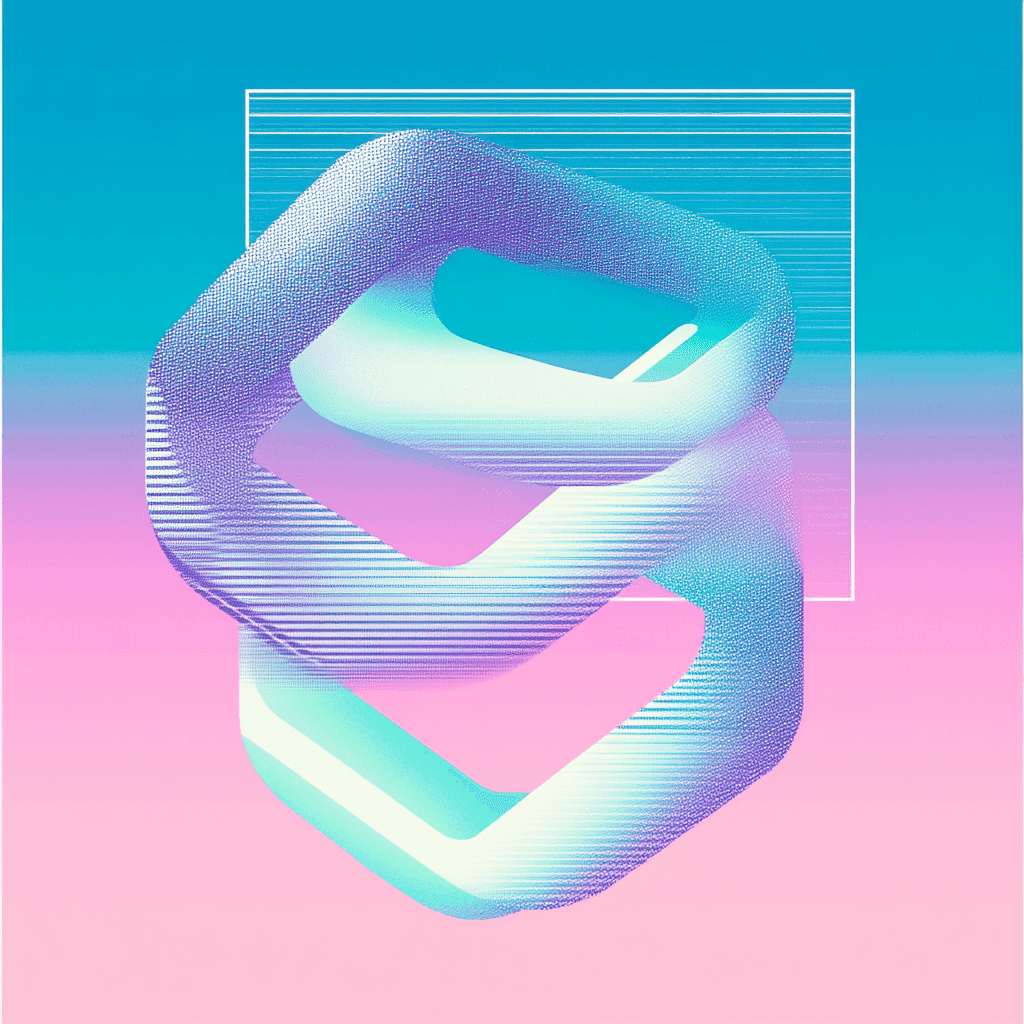Loading...
SAT/Sphere
The all-in-one SAT prep platform for everyone!
© 2025 SAT/Sphere. All rights reserved.
SAT/Sphere
The all-in-one SAT prep platform for everyone!
© 2025 SAT/Sphere. All rights reserved.
SAT/sphere SAT Blog
Blockchain Technology Explained: What SAT Students Should Know for Science and Tech Sections
Prepare for the Digital SAT by understanding blockchain technology. This guide explores its foundational concepts, its transformative impact on finance and security, and its relevance to science and technology sections. Stay ahead of the curve with this essential knowledge for modern tech.
February 4, 2025

February 4, 2025
Continue Reading